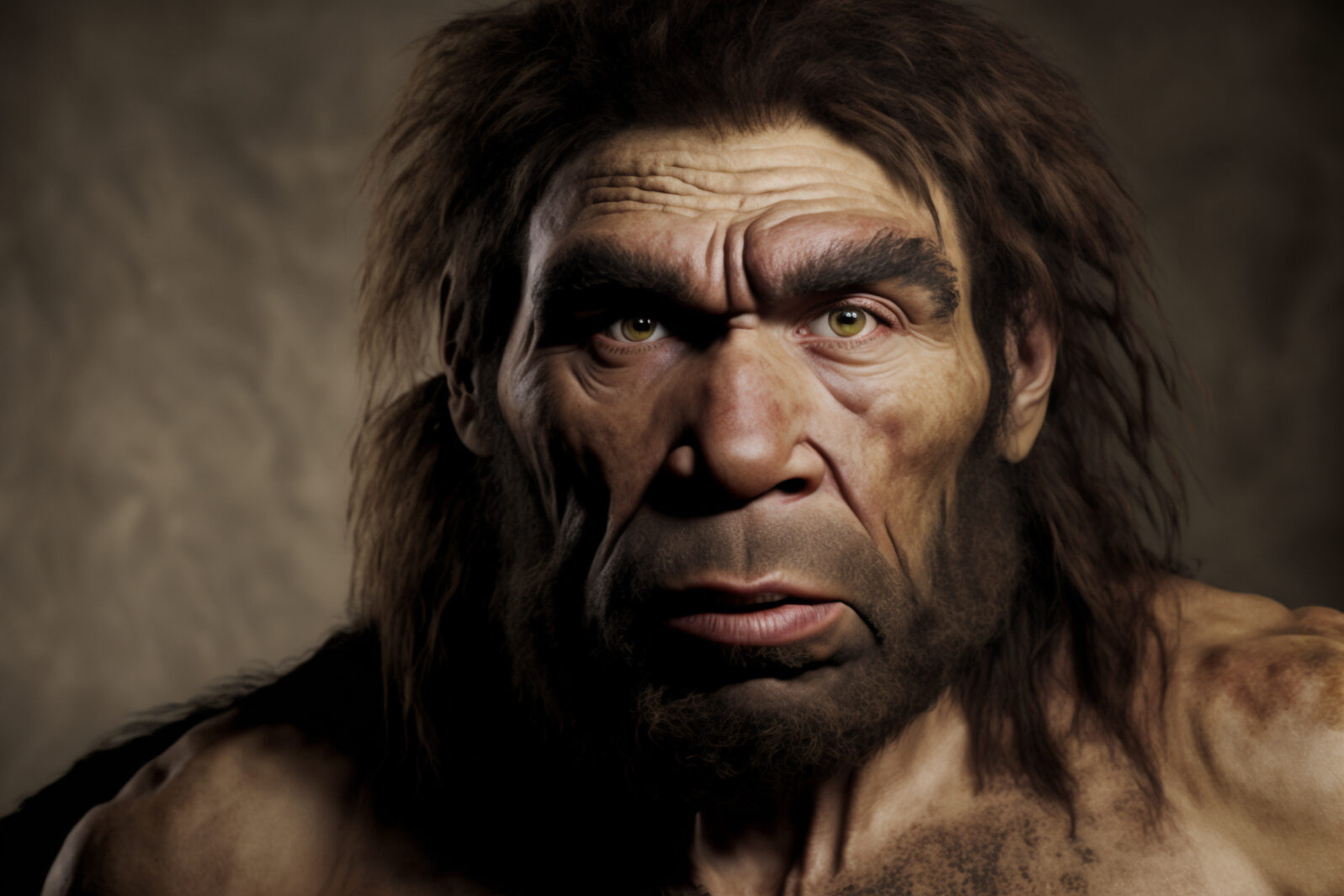Does It Take a PR Agency to Make Neanderthals Human?
It’s interesting to watch how science writing on Neanderthals has changed over the yearsScience writer Brian Resnick, interviewing Lydia Pyne, author of Seven Skeletons (Viking 2016), captured the way that popular culture has tended to think of Neanderthal man — as a sort of subhuman:
Pyne: think the story that ends up catching the public’s imagination isn’t the religious one; it’s actually The Quest For Fire, J.H. Rosny’s 1911 sci-fi novella. [It’s a story about how several ancient human-like species compete to make fire. In the story, Neanderthals’ fire is stolen by a warring clan of Homo erectus. Alas, the Neanderthals can use fire, but they don’t know how to create it for themselves. If this sounds familiar, it’s because The Quest For Fire was adapted for a 1981 film starring Ron Perlman.
Brian Resnick, Neanderthals were stereotyped as savages for a century, Vox, September 20, 2016
Ever since that scientific description was published in 1911, we humans have told the story of Neanderthals in a way that makes us look good: We were smarter, less savage, better equipped to inherit the Earth than the Neanderthal. This story makes us feel better about our future. Because if Neanderthals were our equals and still died out, what’s stopping nature from being as cruel to us?
Resnick, Neanderthals
On the whole, it seems likely that Neanderthals did know that fire can be started by friction because they do seem to have used it, The idea (friction produces heat) isn’t even very hard to figure out. You can discover it yourself by rubbing your hands together for a while…
Since then, many researchers have attempted to correct the wrong impression abut Neanderthals, which has not been borne out by the archaeology. For example, as Joe Alper noted at the Smithsonian Magazine back in 2003,
Contrary to the view that Neanderthals were evolutionary failures—they died out about 28,000 years ago—they actually had quite a run. “If you take success to mean the ability to survive in hostile, changing environments, then Neanderthals were a great success,” says archaeologist John Shea of the State University of New York at Stony Brook. “They lived 250,000 years or more in the harshest climates experienced by primates, not just humans.” In contrast, we modern humans have only been around for 100,000 years or so and moved into colder, temperate regions only in the past 40,000 years.
Joe Alper, Rethinking Neanderthals, Smithsonian Magazine, June 2003
But what does it mean to be human?
The obvious conclusion to draw is that Neanderthals were humans like the rest of us, with the divine gift of reason. But that’s a tough conclusion for researchers who need to see us all as simply a rung on the Darwinian ladder from the amoeba. A recent book review in Nature accidentally captures the growing disquiet with that mood. Archeologist Ludovic Slimak recently published The Naked Neanderthal (Allen Lane 2023), in which he argues, “an intelligence that may have been very different from ours – although it can still teach us much about ourselves.”
That should set off alarm bells. What would an intelligence “very different from ours” even mean? Could they show that 2 + 2 = 5? If we live in the same universe … ?
Throughout his book, Slimak criticizes the potential gullibility of other researchers. For instance, in his view, modern archaeologists have over-interpreted evidence for ancient ‘artistic’ sensibility. Museum reconstructions that feature Neanderthals with painted skin or shell necklaces, portraying them like “a macabre puppet”, he writes, result in part from archaeologists’ inability to accept the “strangeness” of Neanderthals. He makes some valid points — pigments and shells can have practical, as well as aesthetic uses, for instance. Yet he is at odds with most in the field in being roundly dismissive of the idea that engraved bones, coloured fossil shells and even pigment mixes on eagle talons can tell us something about Neanderthals’ nascent aesthetic capacity and, in his words, their “soul”.
Rebecca Wragg Sykes, “Were Neanderthals soulful inventors or strange cannibals?” Nature 11 December 2023
Reviewer Sykes is clearly unhappy with Slimak’s view.
And some of us want to ask, why can’t we have a discussion about the existence of the human soul? If Neanderthals had a human soul, we might reasonably expect them to understand abstract principles. Apart from the crushing disadvantage to atheist materialism, what is so frightful about that?
Maybe it’s just that, exactly. Maybe we are doing nothing more than removing the stamp of “Science!” from a common, widespread vulgar opinion abut supposed inferior humans.
